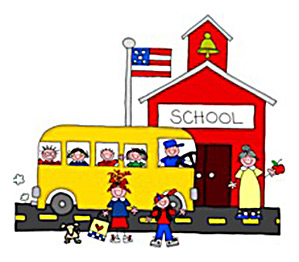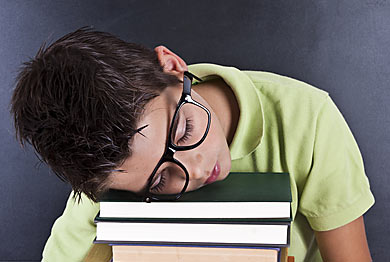 It’s time for a new school year! Parents everywhere are gathering school supplies and buying new clothes, shoes, and back packs. Children are getting their well-child check-ups and vaccinations. Part of school preparation should be an evaluation of every child’s sleep.
It’s time for a new school year! Parents everywhere are gathering school supplies and buying new clothes, shoes, and back packs. Children are getting their well-child check-ups and vaccinations. Part of school preparation should be an evaluation of every child’s sleep.
There has been a lot of talk in the media lately about the importance of sleep as an integral part of maintaining a healthy lifestyle. Did you know that sleep is also critical to help children to achieve success in school?
Sleep and Learning
There are multiple studies that tell us that sleep is essential for learning. Sleep helps children to be able to concentrate better in school and helps them to be able to retain information better. Good sleep helps students with their decision-making, their ability to plan, and helps them to think critically.
How to Evaluate Sleep in Children
The first step in a sleep evaluation is to ask the simple question: “How is the child sleeping?” Signs of possible sleeping difficulties include:
- Restlessness during sleep
- Waking up during the night
- Kicking legs in sleep
- Excessive snoring
- Appearing “not rested” after sleeping at night
- Excessive sleepiness during the day
The Pediatric Epworth Sleepiness Scale
Daytime sleepiness may be a key indicator of sleeping problems at night. Parents and health care providers can use a very simple tool to help determine if a child is too sleepy during the day. The child is scored on a scale of 1-3 for each of the eight items on the tool. The score is totaled and, if the child scores a 10 or more, they are considered to be too sleepy. Children with high scores should be referred to their primary care provider or a sleep specialist for further evaluation. Here is an example:
How likely is your child to doze off or fall asleep in the following situations, in contrast to feeling just tired?
Use the following scale to choose the most appropriate number for each situation:
0 = Would never doze or sleep
1 = Slight chance of dozing or sleeping
2 = Moderate chance of dozing or sleeping
3 = High chance of dozing or sleeping
_____ Sitting and reading
_____ Watching TV
_____ Sitting inactive in a public place
_____ Being a passenger in a motor vehicle without a break
_____ Lying down in the afternoon when circumstances permit
_____ Sitting and talking to someone
_____ Sitting quietly after lunch
_____ Doing homework or taking a test
Total score: __________
Reference: Johns MW. A new method for measuring daytime sleepiness: The Epworth Sleepiness Scale. Sleep 1991; 14(6):540-5.
Every child should be evaluated for sleeping problems at the beginning of each school year. Early identification of sleeping problems, with early treatment, can help children start the school year alert and ready to learn!


 We all know how challenging it can be to make sure that our children have adequate sleep. Children have busy lives and quiet evenings at home are compromised by after school activities and homework. In addition, many children have poor sleep habits that contribute to their inability to fall asleep within a reasonable time and to stay asleep through the night.
We all know how challenging it can be to make sure that our children have adequate sleep. Children have busy lives and quiet evenings at home are compromised by after school activities and homework. In addition, many children have poor sleep habits that contribute to their inability to fall asleep within a reasonable time and to stay asleep through the night.